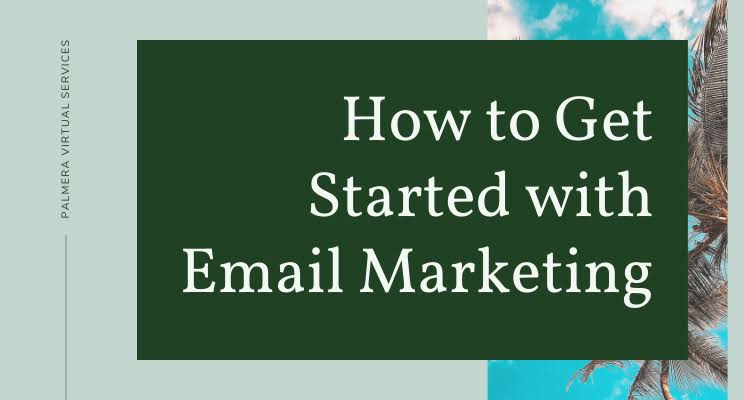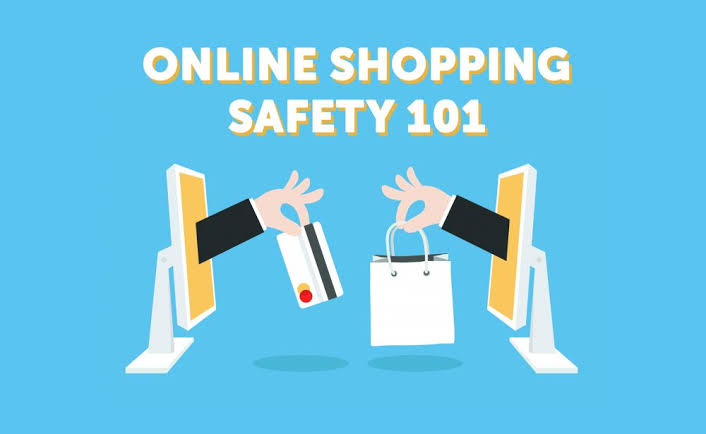Email marketing continues to be one of the most effective digital marketing channels in 2025. Despite the rise of social media, instant messaging apps, and newer AI-driven communication tools, email remains unmatched in delivering personalized content directly to a subscriber’s inbox.
What makes email marketing so powerful is its ability to build relationships, nurture leads, and drive sales with measurable results. Unlike social platforms where algorithms control visibility, emails reach your audience directly—making it an essential tool for business growth.
Start with a Clear Value Proposition
To build an email list that converts, you need to give people a compelling reason to sign up. This begins with a strong value proposition. Whether you’re offering exclusive discounts, expert advice, or access to premium content, your audience should immediately understand what they gain by joining your list.
In 2025, consumers are more cautious about sharing personal information. That’s why your sign-up incentives must be specific, useful, and timely. Instead of vague offers, try promises like “Get a free digital guide to 10x your Instagram growth” or “Exclusive 15% off for new subscribers.”
Clarity and value will drive more sign-ups and reduce bounce rates down the line.
Optimize Your Opt-in Forms and Placement
An effective opt-in form is more than just a box asking for an email address. It must be visually appealing, easy to complete, and strategically placed. Use short forms that only ask for essential information at the beginning—typically just a name and email address.
In 2025, high-converting websites use exit-intent popups, scroll-triggered forms, floating bars, and in-line forms within blog posts. Each type serves a purpose, and testing their placements can help you find what works best for your audience.
Ensure your forms are mobile-optimized. With more than 70% of users accessing websites through smartphones, a poor mobile experience can significantly hurt your list-building efforts.
Leverage Lead Magnets to Attract Subscribers
Lead magnets remain a top-performing strategy for email list growth. These are free resources you offer in exchange for an email address—like eBooks, templates, webinars, or exclusive tools.
As of July 2025, interactive lead magnets are performing exceptionally well. Quizzes, AI-personalized reports, and gated video series have higher engagement rates than static PDFs. These formats provide immediate, tailored value and increase the likelihood of a subscriber staying engaged.
Make sure your lead magnet aligns with your business goals. If you run a fitness brand, offer a workout planner or nutrition checklist—something that demonstrates your expertise while serving your target audience.
Use Social Media and Paid Ads to Promote Your List
While your website is a core channel for collecting emails, social media platforms offer valuable exposure for list-building. Create dedicated posts that promote your lead magnets or newsletter, using persuasive copy and eye-catching visuals.
In 2025, platforms like Instagram, TikTok, and LinkedIn allow businesses to add links directly in stories, bios, and posts—making it easier to drive traffic to landing pages. Pair this with paid advertising to reach highly targeted demographics based on behavior, interests, and location.
Ensure that your ads clearly state the benefit of subscribing and use urgency or limited-time offers to encourage immediate action.
Create a Welcome Sequence That Builds Trust
Once a subscriber joins your list, the first few emails they receive are critical. This is where your welcome sequence comes into play. A well-crafted welcome series sets expectations, introduces your brand, and begins the relationship on the right foot.
In 2025, successful marketers use a three-to-five-part sequence. The first email delivers the promised lead magnet. The next few build trust by sharing your brand story, success cases, or user-generated content. Eventually, you transition into soft-selling or showcasing your main offer.
Make each email personal, clear, and focused on the reader—not just your brand. Automation tools like ConvertKit, MailerLite, and Klaviyo now allow hyper-personalization, adjusting emails based on subscriber behavior.
Segment Your Audience for Better Engagement
Not every subscriber is the same. One-size-fits-all messaging rarely works, especially when your list starts growing. That’s why segmentation is a key technique in email marketing today.
With segmentation, you divide your audience based on interests, past behavior, purchase history, or demographics. For example, someone who signed up for a free SEO guide might receive follow-up emails about content marketing or keyword tools.
In July 2025, marketers use AI-powered segmentation tools that track subscriber engagement in real time. These tools automatically assign tags and move subscribers into tailored funnels—improving click-through and conversion rates significantly.
Focus on Consistent, High-Quality Content
Building your list is only half the battle. Keeping your subscribers engaged is where real growth happens. That requires consistently delivering valuable content that speaks to their needs.
Create a content schedule with a mix of newsletters, educational tips, updates, and promotional offers. Use storytelling, personalization, and data-driven insights to keep your emails relevant and actionable.
Avoid overwhelming your subscribers with too many emails or hard sells. Instead, focus on building trust and positioning yourself as a reliable source of information. A loyal subscriber is far more likely to become a repeat customer.
Monitor Metrics and Refine Your Strategy
Email marketing is most effective when guided by data. In 2025, marketers have access to detailed analytics that track open rates, click-through rates, unsubscribe rates, and engagement scores.
Regularly review your metrics to identify what’s working and what needs improvement. A low open rate may indicate weak subject lines, while poor click-throughs may signal a need for better content or clearer calls to action.
Use A/B testing to experiment with different headlines, layouts, and timing. Many modern platforms offer automated testing features, making it easy to run comparisons without manual work.
Ensure Compliance and Build Trust
Data privacy regulations have tightened around the world, and email marketers must stay compliant. As of July 2025, laws like the EU’s GDPR, California’s CPRA, and Nigeria’s NDPR require clear opt-ins, easy unsubscribing, and transparent data usage policies.
Use double opt-in systems where applicable, clearly state what subscribers can expect, and always honor unsubscribe requests immediately. Not only does this keep you legally compliant, but it also builds long-term trust with your audience.
A trusted brand earns higher engagement, stronger loyalty, and more word-of-mouth referrals.
Conclusion: Email Marketing Still Leads in 2025
Despite the rapid evolution of digital marketing tools, email marketing remains a core driver of business growth in 2025. When executed strategically, it allows you to build a loyal audience, communicate directly with potential customers, and drive consistent revenue.
By offering real value, using smart segmentation, leveraging automation, and focusing on quality content, you can turn your email list into one of your most powerful business assets. The key is to treat subscribers as people, not just leads—and deliver messages that truly resonate.



